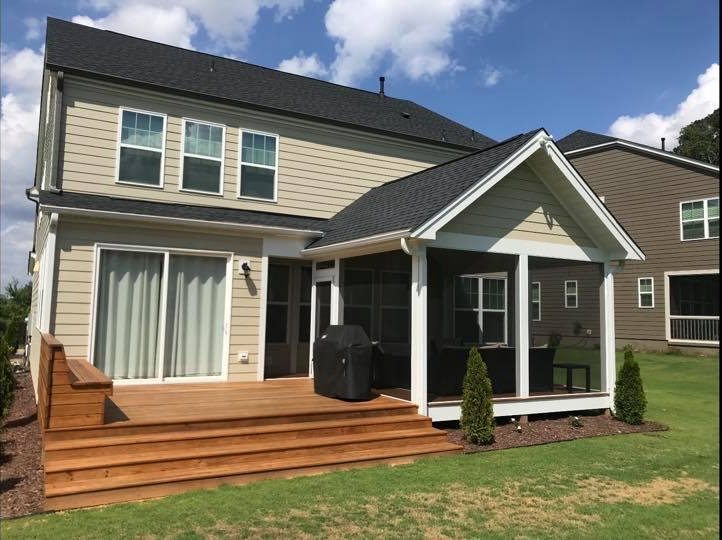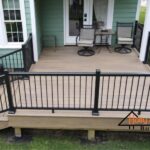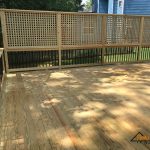A poorly built deck might pose a danger to you and your family. While we applaud do-it-yourself  efforts, it’s important to understand the best practices for building a deck or porch. There have been many changes in materials and industry codes in the last several years that you need to be aware of. Remember, a sloppily put together deck may lead to a deck prone to falling apart. You don’t want that now, right?
efforts, it’s important to understand the best practices for building a deck or porch. There have been many changes in materials and industry codes in the last several years that you need to be aware of. Remember, a sloppily put together deck may lead to a deck prone to falling apart. You don’t want that now, right?
Here are seven items that can lead to problems:
No Plan. A deck may seem like an “easy” project, but without a plan, you may get halfway through and realize something isn’t fitting right or you don’t have enough material or even yard!. Create a design plan to make sure all measurements will work. Also, check-out where the sunlight will hit (summer and winter). Don’t forget to find out where the gas line needs to run for the grill.
Permit. Some residents don’t realize they need to get a permit from their local municipality; some just don’t want to deal with the hassle. Not getting one means risking fines later.
Footings. Each deck support post must be supported by concrete footings. The size of each footing is determined by the tributary load imposed on it.
Wrong Railings. Code requires a continuous handrail on any set of stairs with four steps or more. Home deck builders often want to break up the handrail with posts. But a handrail must be something people can grab as they walk up and down the stairs and the interruption means it’s not following the code.
Don’t Over-Span. Typically, decking floor joists are installed at 16” on center. With composite materials, that may need to be reduced. Stair treads are required to hold a load of 300 lbs. over a four-inch-square area. With some composite materials, more support may be necessary to meet this requirement.
Lateral Support. If your planned deck is attached and over 4’ above the ground (measured from top of footing to deck floor), bracing for lateral support is required. Self-supported decks greater than 30” in height also require bracing.
How High. If the walking surface of the deck exceeds 30 inches from finished grade, your deck must be surrounded by guard rails which are a minimum of 36 inches in height. The steps for the deck must also have guard rails (railings) on both sides.
There are a few other issues deck builders may experience including wrong beam sizes, over spacing composite decking, wrong riser heights, problems with deck ledgers, improper staircase construction (stairs are not always the easiest thing to get right)or guardrail posts, and splicing beams in the wrong place.
If you aren’t pretty savvy with home construction projects, you might want to hire a professional. Give us a call 919-346-0678.







